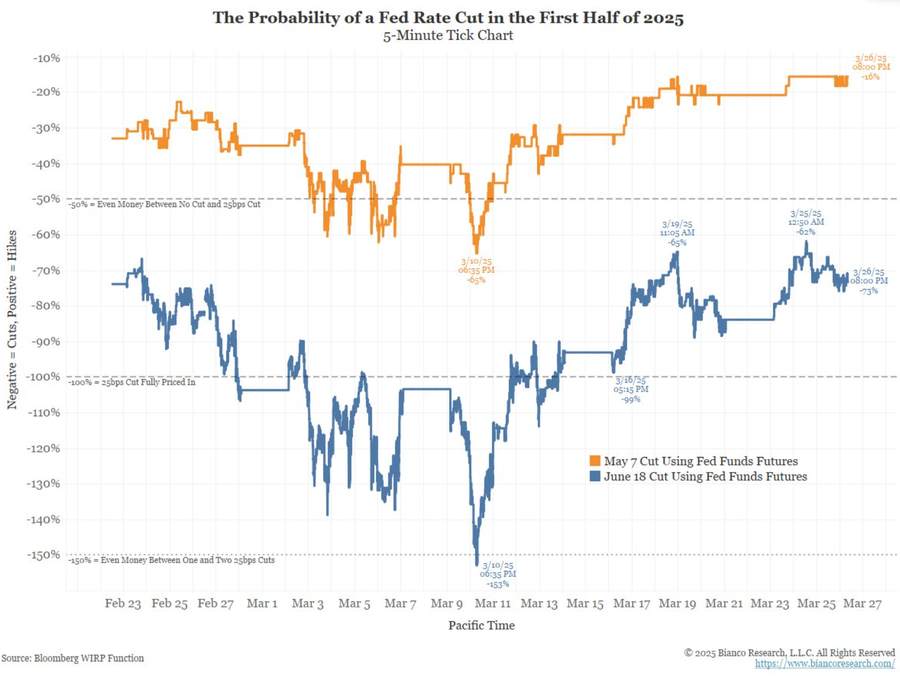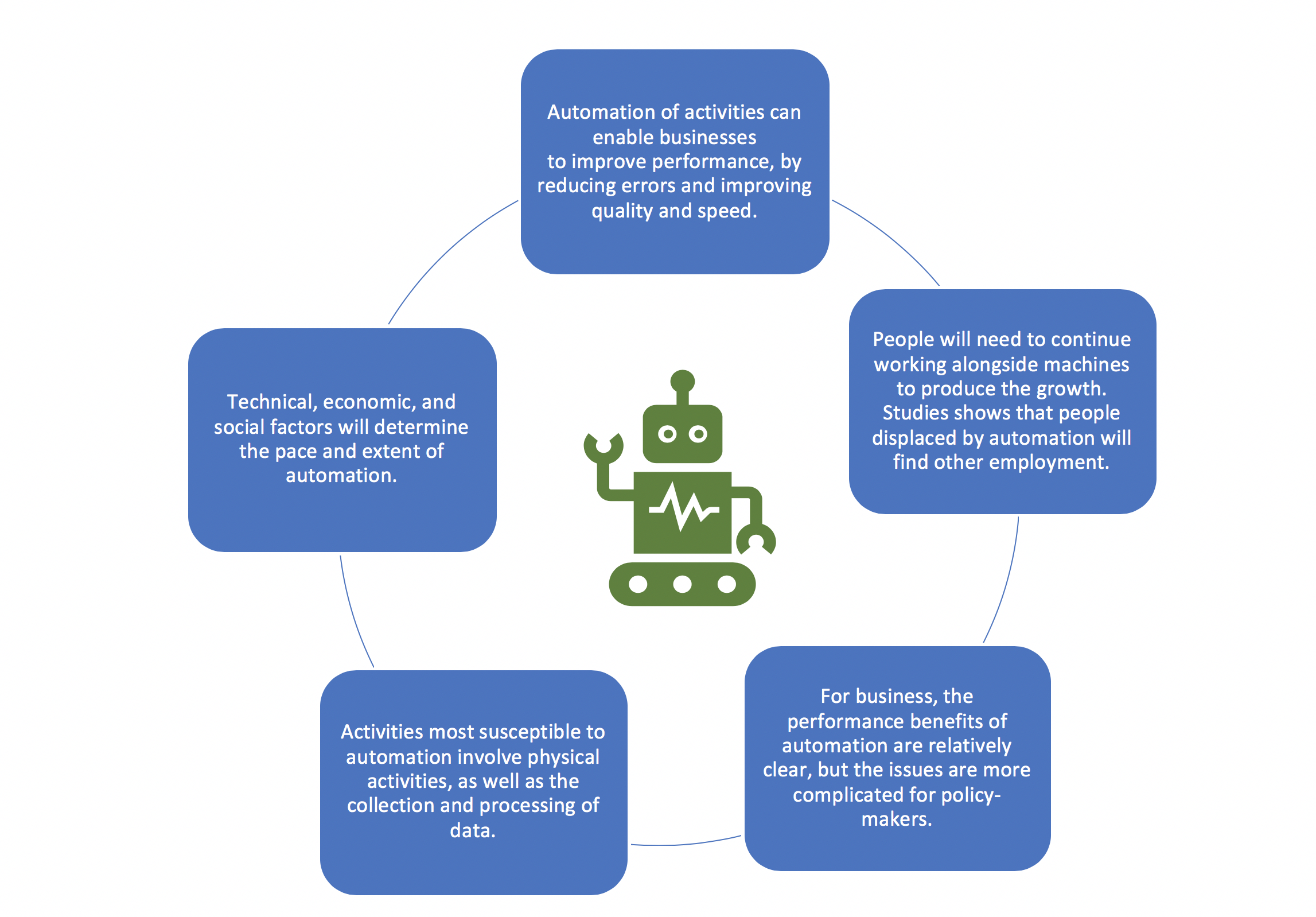In a significant move that reverberates across financial markets and households alike, the Federal Reserve has initiated a Fed rate cut for the first time in four years, lowering borrowing costs by half a percentage point. This crucial adjustment is expected to positively impact consumers by reducing credit card debt and facilitating home purchases, all while easing mortgage rates. Fed Chairman Jerome Powell expressed optimism about the economy, portraying it as “strong overall” and hinting at possible further cuts to ensure continued economic growth amidst fluctuating inflation and unemployment rates. With such policy changes, the impact of rate cuts resonates beyond Wall Street, bridging the divide to Main Street as everyday Americans anticipate relief from their financial burdens. Yet, the degree and timing of these benefits remain unclear, often influenced by broader economic conditions and market expectations.
The latest monetary policy shift by the central bank, commonly referred to as a federal interest rate reduction, marks a pivotal moment in the economic landscape. By lowering borrowing costs, the Fed aims to stimulate economic activity, encouraging spending and investment that can foster growth and mitigate rising inflation pressures. This strategic move is likely to influence housing dynamics significantly, as lower mortgage rates could enhance affordability for potential homebuyers. Furthermore, businesses may experience a gradual boost as easing financial conditions could lead to job creation and increased consumer spending. As we navigate these changes, understanding the nuances of how such adjustments affect both large-scale economic indicators and daily financial decisions becomes essential.
Understanding the Impact of Fed Rate Cuts
The recent decision by the Federal Reserve to cut interest rates by half a percentage point is a significant event that will resonate through the economy. While consumers are likely to experience some immediate benefits, such as reduced costs on credit cards and loans, the long-term effects on economic growth remain to be fully seen. Rate cuts are typically aimed at sparking spending by making borrowing less expensive, which in theory can stimulate economic activity.
However, the correlation between lower interest rates and consumer behavior is not always straightforward. Factors like inflation, unemployment, and overall consumer confidence play crucial roles in determining whether these rate cuts will translate to increased spending. As such, the impact of the Fed’s decision will unfold over time, revealing whether it successfully supports economic recovery or if unforeseen challenges hinder progress.
What the Fed Rate Cuts Mean for Mortgage Rates
With the Fed’s recent rate cuts, mortgage rates are expected to follow suit, providing some relief in an increasingly challenging housing market. Economist Jason Furman indicated that mortgage rates will likely trend downward as the Fed continues to implement its easing policy. This is particularly important for first-time homebuyers or those looking to refinance existing mortgages, as lower rates can significantly enhance housing affordability.
Despite this anticipated decline, it’s crucial to recognize that mortgage rates were already relatively high prior to these cuts. The changes may not immediately address the ongoing housing affordability crisis but represent a step in the right direction. With the Fed’s support for additional cuts on the horizon, there is hope that the housing market will become more accessible, allowing potential homeowners to take advantage of favorable borrowing conditions.
Effects of Fed Rate Cuts on Economic Growth
The Fed’s decision to lower interest rates is rooted in a desire to foster economic growth during uncertain times. By reducing borrowing costs, the central bank aims to incentivize businesses to invest and expand, potentially leading to job creation and greater economic expansion. However, as Jason Furman points out, the anticipated boost to growth may take time to materialize, with most noticeable effects seen over a six to twelve-month horizon.
In the long run, sustained low rates can help boost consumer confidence and spending, which are vital for an economy striving to maintain momentum. But careful monitoring is essential, as premature rate cuts without corresponding economic stability could lead to adverse outcomes, including rising inflation rates. Balancing these risks is crucial for the Fed as they navigate their monetary policy decisions.
Inflation, Unemployment, and the Fed’s Next Steps
The interplay between inflation and unemployment is a core focus of the Federal Reserve’s monetary policy. The decision to cut interest rates is often accompanied by expectations about future inflation trends. By cutting rates, the Fed hopes to encourage borrowing and consumer spending, but this approach can also lead to higher inflation if growth accelerates too rapidly.
Moreover, unemployment remains a key indicator that the Fed closely watches. If the job market shows signs of deterioration, additional rate cuts may be implemented as a preventive measure. The Fed aims for a delicate balance; while they want to stimulate the economy, they also have to be wary of letting inflation spiral out of control, which could undermine their objectives.
Consumer Debt and the Future of Interest Rates
As consumers grapple with rising debt levels and high-interest rates, the Fed’s recent cuts offer the promise of relief. However, the relationship between Fed rate cuts and consumer interest rates isn’t linear. Various factors, including lender repayment risk and the future projections of economic conditions, determine how quickly consumers will see the effects of lower rates in their credit card bills and loan payments.
Experts like Jason Furman caution that while recent trends show interest rates for various loans, including mortgages and auto loans, starting to decline, consumers shouldn’t expect a rapid decrease in costs. The unpredictability of economic conditions means borrowers may still face elevated rates longer than they hope, and it is unlikely that borrowing conditions will revert to the low levels experienced before the COVID-19 pandemic.
Navigating the Market: What Consumers Should Know
In light of the Fed’s recent cuts, consumers must remain vigilant about their financial choices. With uncertainty surrounding future interest rates and economic conditions, discerning the right time to borrow can be challenging. The potential for more cuts this year could create opportunities for savvy consumers to refinance existing debts or explore new loans at lower rates.
However, it’s essential to approach these opportunities with caution. While the prospect of lower rates can be enticing, economic fluctuations could shift the landscape rapidly. Consumers should evaluate their financial health, consider their risk tolerances, and seek professional advice before making significant financial commitments in this shifting landscape.
Wall Street and Main Street: The Rates Effect
The reactions to Fed rate cuts can often vary significantly between Wall Street and Main Street. Investors may celebrate lower borrowing costs and see increased stock market activity as a result of enhanced corporate profitability prospects. However, Main Street consumers might feel less immediate impact, particularly regarding day-to-day financial obligations and purchasing power.
Understanding these dynamics is crucial, as they dictate how different segments of the economy respond to monetary policy changes. The Fed’s actions are intended to bridge the gap across these economic sectors, promoting stability and growth that is felt widely. Nonetheless, the mixed feelings surrounding these rate cuts highlight the complexity of managing economic expectations and realities.
Future Projections: How the Market May React
As the Federal Reserve hints at possible further rate cuts, market analysts are closely monitoring potential reactions. Short-term investments may see increased volatility as traders speculate about future moves by the Fed. Furthermore, consumer sentiment could shift, adjusting the way individuals and businesses approach spending and investment.
Ultimately, how the market will respond depends on various interconnected factors, including inflation rates, consumer spending habits, and international economic conditions. Regular updates from the Fed and market analysis will provide critical insights into how these projections materialize, shaping financial strategies for businesses and consumers alike.
Frequently Asked Questions
What is the significance of the recent Fed rate cut for consumers?
The recent Fed rate cut is significant for consumers as it lowers the cost of borrowing, which can lead to reduced interest rates on credit cards, car loans, and mortgages. As the Fed continues to ease policy, mortgage rates are expected to decrease further, improving housing affordability for buyers.
How does the Fed rate cut impact mortgage rates?
The Fed rate cut directly impacts mortgage rates by making borrowing cheaper. As the Fed reduces its key interest rate, mortgage rates are likely to follow suit, which can help ease the affordability crisis in the housing market, making homeownership more accessible for many buyers.
What effects do Fed interest rates have on economic growth?
Fed interest rates play a crucial role in economic growth. Lower interest rates stimulate borrowing and spending by consumers and businesses, which can lead to increased economic activity. The recent Fed rate cut is expected to result in job creation and a slight uptick in economic growth over the coming months.
In what ways does a Fed rate cut influence inflation and unemployment rates?
A Fed rate cut generally aims to manage inflation and unemployment by encouraging spending and investment. Lower interest rates can boost demand, which may lead to higher inflation if not balanced correctly. However, they can also help reduce unemployment by stimulating job growth, as businesses expand in response to increased consumer demand.
When can consumers expect relief from high interest rates following the Fed rate cut?
While the Fed rate cut signals a potential decrease in interest rates, consumers may not see immediate relief. Although rates on loans and credit cards tend to lower over time, uncertainty in the market suggests that it could take several months for substantial changes to occur. Rates are expected to remain higher than pre-pandemic levels for the foreseeable future.
What is the projected outlook for further Fed interest rate adjustments?
The Federal Reserve has indicated a likelihood of two additional rate cuts later this year, contingent on economic data such as labor market performance and inflation reports. This gradual approach allows the Fed to monitor economic conditions before making further adjustments to interest rates.
How does the Fed’s monetary policy affect the stock market?
The Fed’s monetary policy, particularly rate cuts, can have a positive impact on the stock market by lowering borrowing costs for businesses and enhancing consumer spending. Lower interest rates tend to boost investor sentiment and can drive stock prices higher as companies benefit from increased access to cheaper capital.
Can consumers expect rate cuts to impact their credit card debt?
Consumers may expect some relief from credit card debt as the Fed rate cuts are likely to result in lower interest rates over time. However, the extent of relief will depend on how quickly lenders adjust their rates and the broader economic conditions influencing repayment risk.
What should businesses consider with the Fed’s decision to cut rates?
Businesses should consider that the Fed’s decision to cut rates may improve access to capital, potentially leading to increased investment and expansion opportunities. However, they should also monitor economic indicators, as the benefits of lower rates may take time to materialize in terms of job creation and growth.
| Key Point | Details |
|---|---|
| Fed Rate Cut Overview | The Federal Reserve cut interest rates by 0.5 percentage points, marking its first reduction in four years. |
| Economic Impact | The move aims to lower borrowing costs for consumers, benefiting those with credit card debt, car loans, and home buyers. |
| Market Reactions | Investors and consumers anticipate further rate cuts based on stronger economic signals. |
| Projected Future Cuts | Market forecasts suggest two additional rate cuts are likely before the end of the year. |
| Mortgage Rates | Mortgage rates are expected to continue declining, thus potentially improving housing affordability. |
| Debt Repayment Expectations | Consumers may not see significant relief in credit card or loan interest rates in the near term. |
Summary
The recent Fed rate cut is expected to provide consumers with some benefits, but the extent and timeline of these benefits remain uncertain. As the Federal Reserve looks to stimulate the economy by lowering borrowing costs, we can anticipate a gradual improvement in mortgage rates and borrowing conditions in the coming months. This strategic monetary policy aims to support economic growth while managing inflation, indicating that the Fed rate cut could be a crucial factor in shaping financial decisions for consumers and businesses alike.



